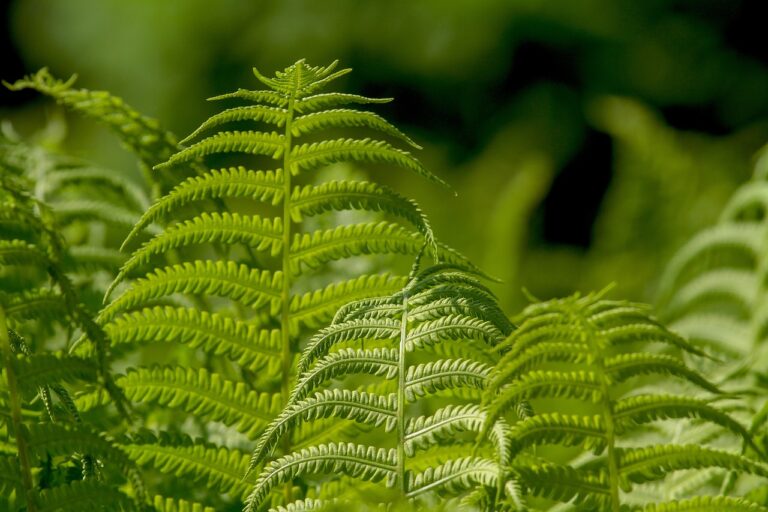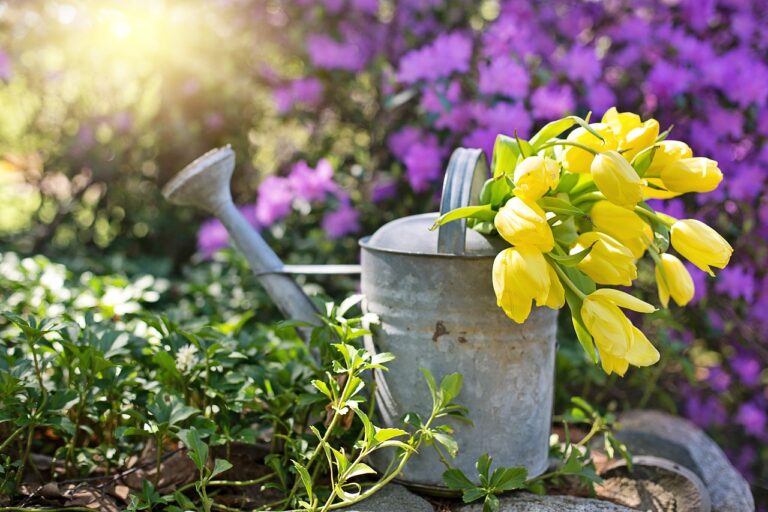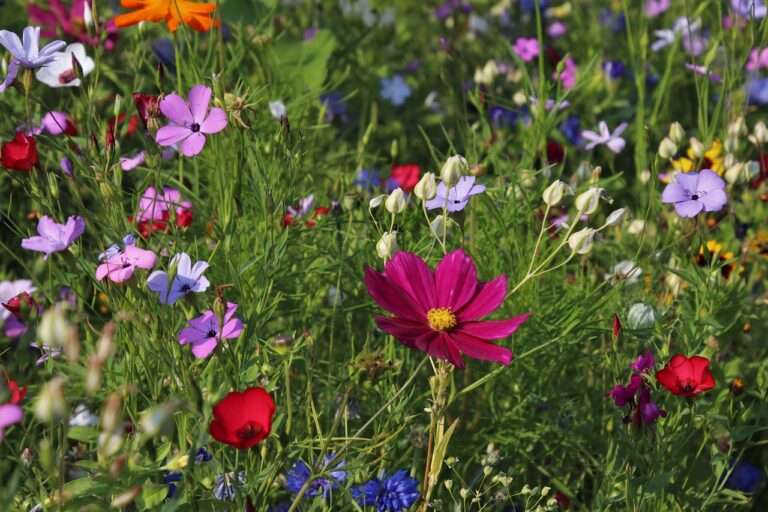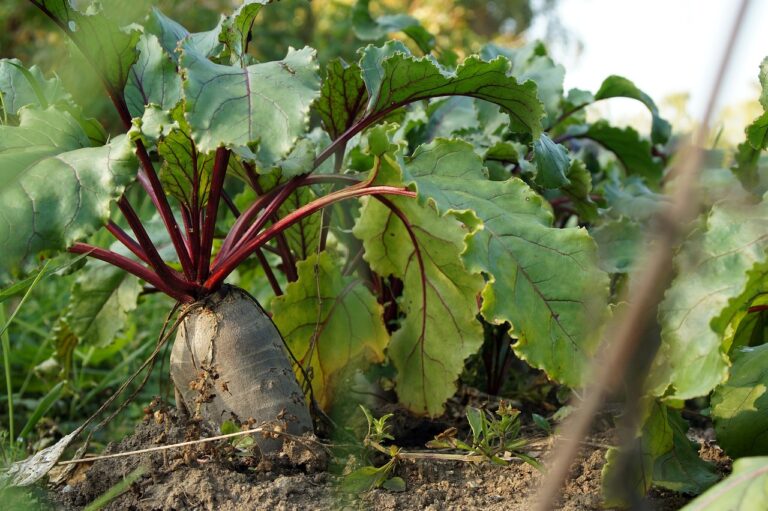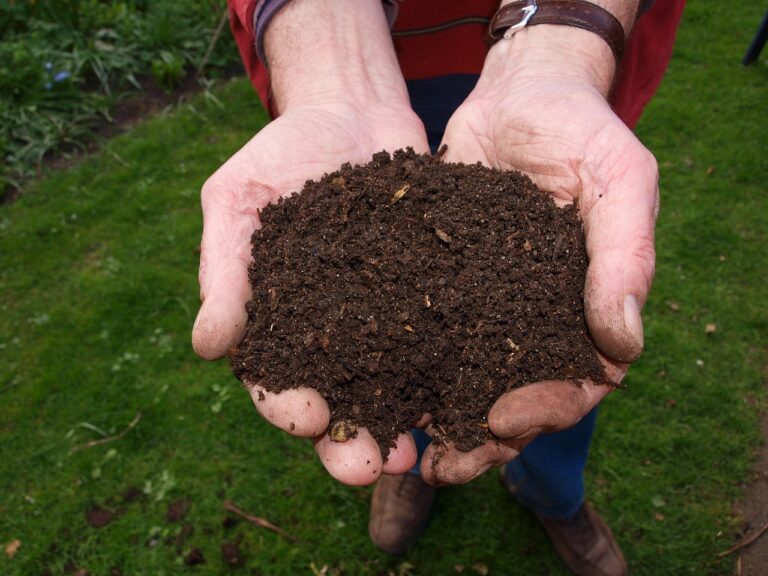The Best Time to Plant Different Crops: A Seasonal Guide
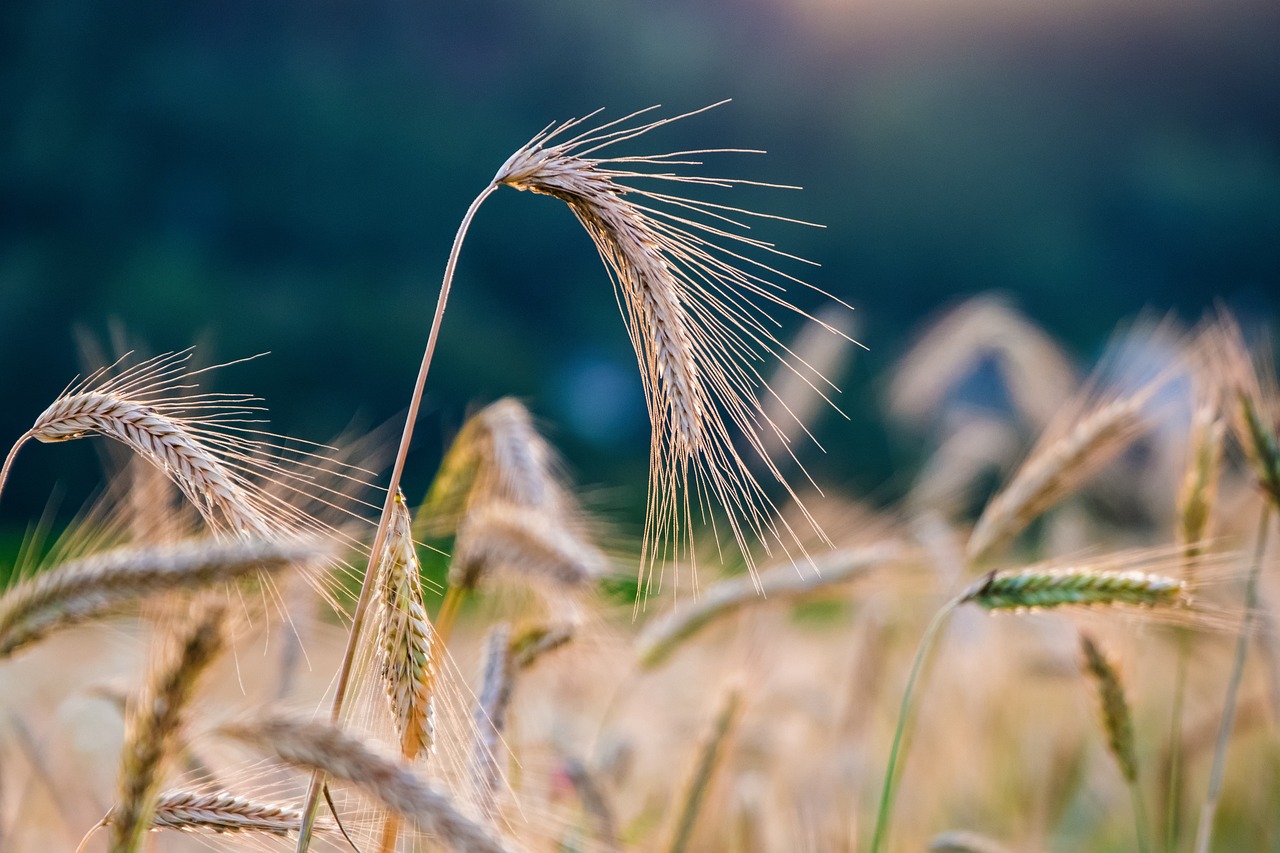
Planting crops at the right time is crucial for ensuring optimal growth and a bountiful harvest. Different crops have varying temperature and daylight requirements, so understanding the best times to plant them can make all the difference. Here’s a seasonal guide to help you determine the best time to plant different crops:
Early Spring (March – April)
Early spring is an exciting time for gardeners as the soil begins to warm, and the days grow longer. However, the weather can still be unpredictable, so it’s important to choose crops that are frost-tolerant or fast-growing.
- Peas: Plant peas as soon as the soil can be worked, usually about 4-6 weeks before the last frost date. They thrive in cool weather and will produce a delicious early harvest.
- Radishes: Radishes are quick growers and can be planted as soon as the soil is workable. They are ready to harvest in just 3-4 weeks.
- Spinach: Spinach thrives in the cool conditions of early spring. Sow seeds directly into the soil as soon as the ground is thawed.
- Lettuce: Lettuce can tolerate light frosts and grows quickly. Plant seeds directly in the garden or start indoors and transplant after the last frost.
- Onions: Plant onion sets or transplants in early spring for a summer harvest. They can withstand light frosts.
Late Spring (April – May)
As the risk of frost diminishes, more crops can be safely planted outdoors. Late spring is ideal for a variety of vegetables that need moderate temperatures to establish well.
- Beets: Directly sow beet seeds in late spring once the soil temperature reaches around 50°F. Beets develop well in cooler weather.
- Carrots: Sow carrot seeds in late spring when the soil is consistently warm. They prefer cooler weather but need time to mature before the heat of summer.
- Potatoes: Plant seed potatoes in late spring for a summer harvest. They thrive in cool, moist conditions.
- Broccoli: Start broccoli seeds indoors and transplant them to the garden in late spring. Broccoli prefers cool weather to prevent bolting.
- Swiss Chard: Swiss chard is hardy and can be planted in late spring for a continual harvest throughout the summer.
Early Summer (May – June)
Early summer is a great time to plant warm-season crops that thrive in the heat. By now, soil temperature should be reliably warm, and frost is no longer a concern.
- Tomatoes: Transplant tomato seedlings outdoors after the last frost date. Tomatoes need warm soil and plenty of sun to flourish.
- Peppers: Plant pepper transplants in early summer when the soil and air temperatures are warm. Peppers need a long growing season.
- Cucumbers: Sow cucumber seeds directly in the garden or transplant seedlings once the soil is warm. Cucumbers grow quickly in hot weather.
- Beans: Both bush and pole beans can be planted directly in the soil in early summer. They germinate best in warm soil.
- Zucchini and Squash: Plant zucchini and summer squash seeds or transplants in early summer. These prolific growers love the heat.
Late Summer (July – August)
Late summer is an excellent time to plant crops for a fall harvest. The warm soil and consistent daylight help these vegetables mature before the first frost.
- Cabbage: Sow cabbage seeds indoors and transplant them in late summer. Cabbage benefits from maturing in cooler fall temperatures.
- Kale: Kale can be directly sown or transplanted in late summer for a fall and winter harvest. It becomes sweeter after a frost.
- Brussels Sprouts: Start Brussels sprouts seeds indoors and transplant them to the garden in late summer. They take a long time to mature but improve in flavor with frost.
- Turnips: Sow turnip seeds directly in the garden in late summer. They grow quickly and are ideal for fall harvests.
- Cauliflower: Plant cauliflower transplants in late summer. Cauliflower prefers cooler weather and will mature well in the fall.
Fall (September – October)
Fall planting is ideal for certain cool-season crops that can handle decreasing daylight and cooler temperatures.
- Garlic: Plant garlic cloves in the fall, about 4-6 weeks before the ground freezes. Garlic will establish roots and be ready for harvest the following summer.
- Spinach: Sow spinach seeds in early fall for a late fall or early winter harvest. Spinach is frost-tolerant and can be protected with a cold frame.
- Radishes: Radishes can be planted again in early fall. They mature quickly and can be enjoyed through the cooler months.
- Lettuce: Plant short-season lettuce varieties in early fall. Providing some frost protection can extend the harvest.
- Mache (Corn Salad): Mache is a cold-hardy green that can be sown in fall for winter harvesting. It thrives in cool weather and can survive into the winter with some protection.
Year-Round Indoor Growing
Some crops can be grown indoors year-round, providing a continuous supply of fresh produce.
- Herbs: Herbs like basil, parsley, cilantro, and thyme can be grown in pots on a windowsill or under grow lights.
- Microgreens: Microgreens are quick-growing, nutrient-dense greens that can be harvested in 2-3 weeks. They can be grown in trays indoors.
- Lettuce and Spinach: With grow lights, you can grow leafy greens indoors all year round.
- Tomatoes (Dwarf Varieties): Some dwarf or determinate tomato varieties are suitable for indoor growing. Provide sufficient light and warmth.
In conclusion, understanding the best time to plant different crops is essential for successful gardening. By considering the seasons, local climate, and temperature requirements, you can plan and plant your garden to maximize growth and yield. Happy planting!

